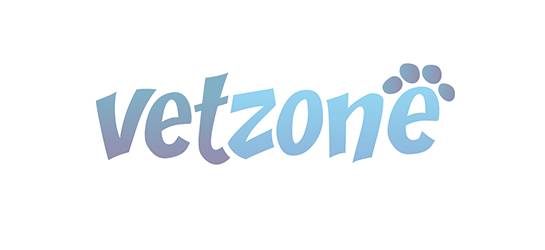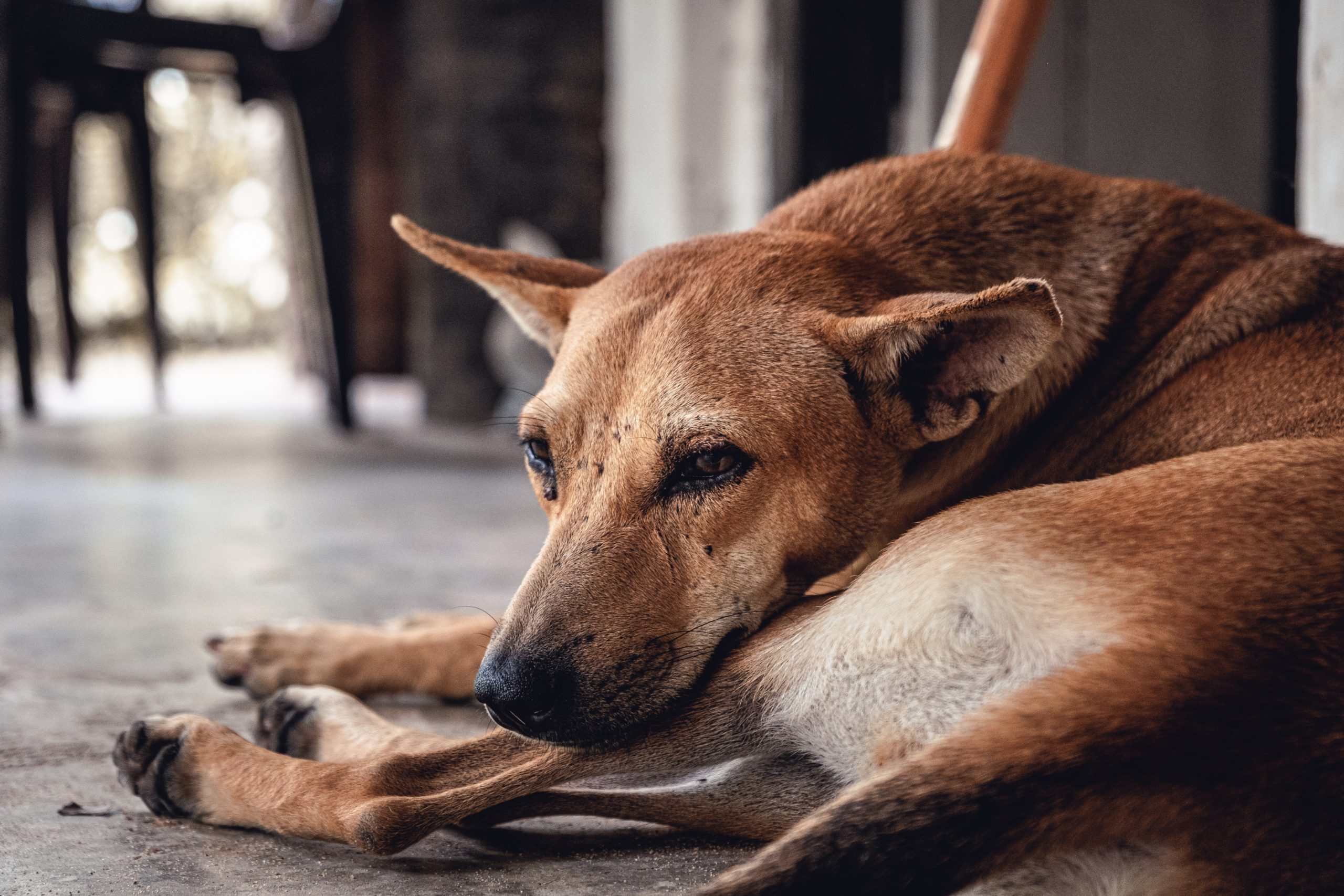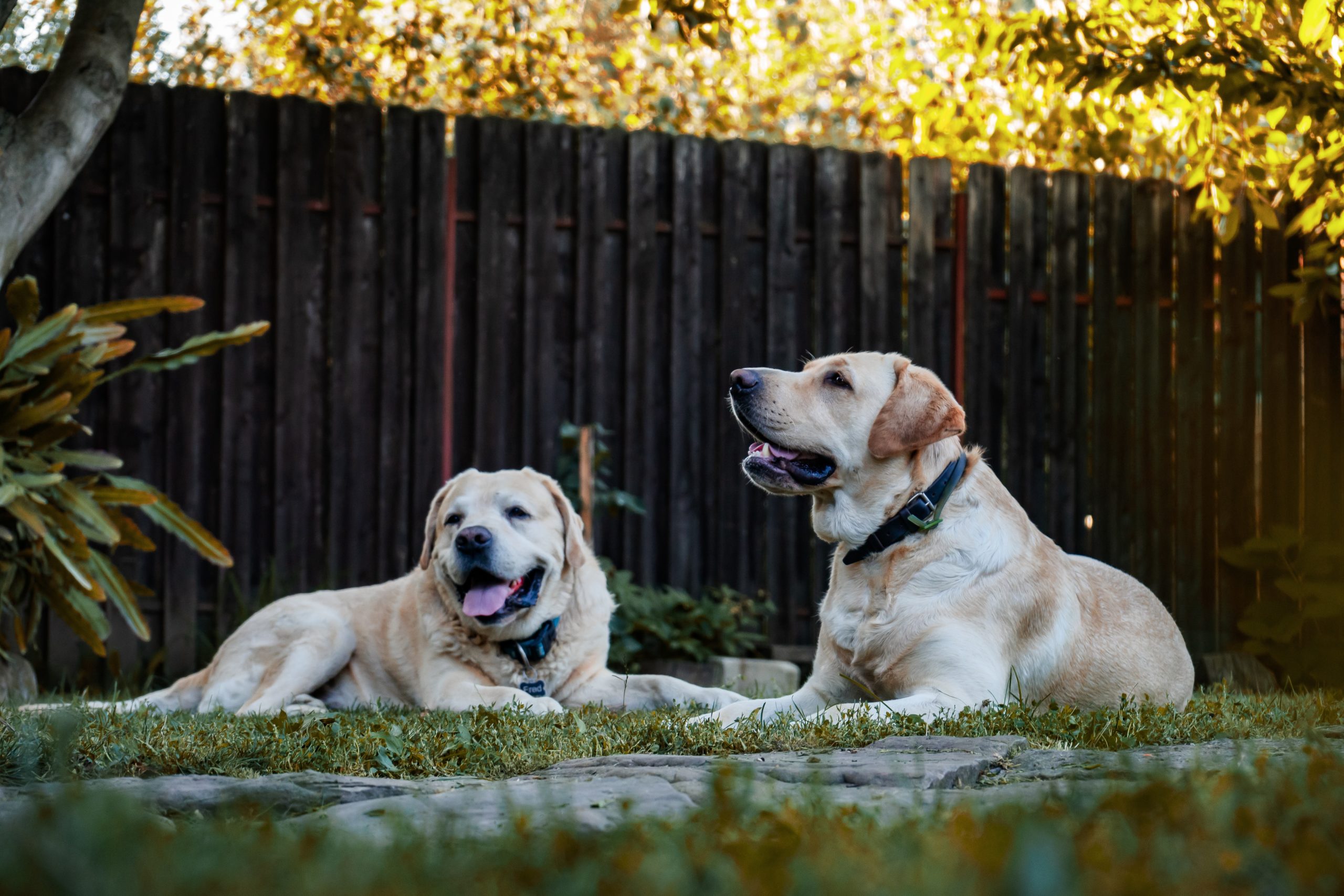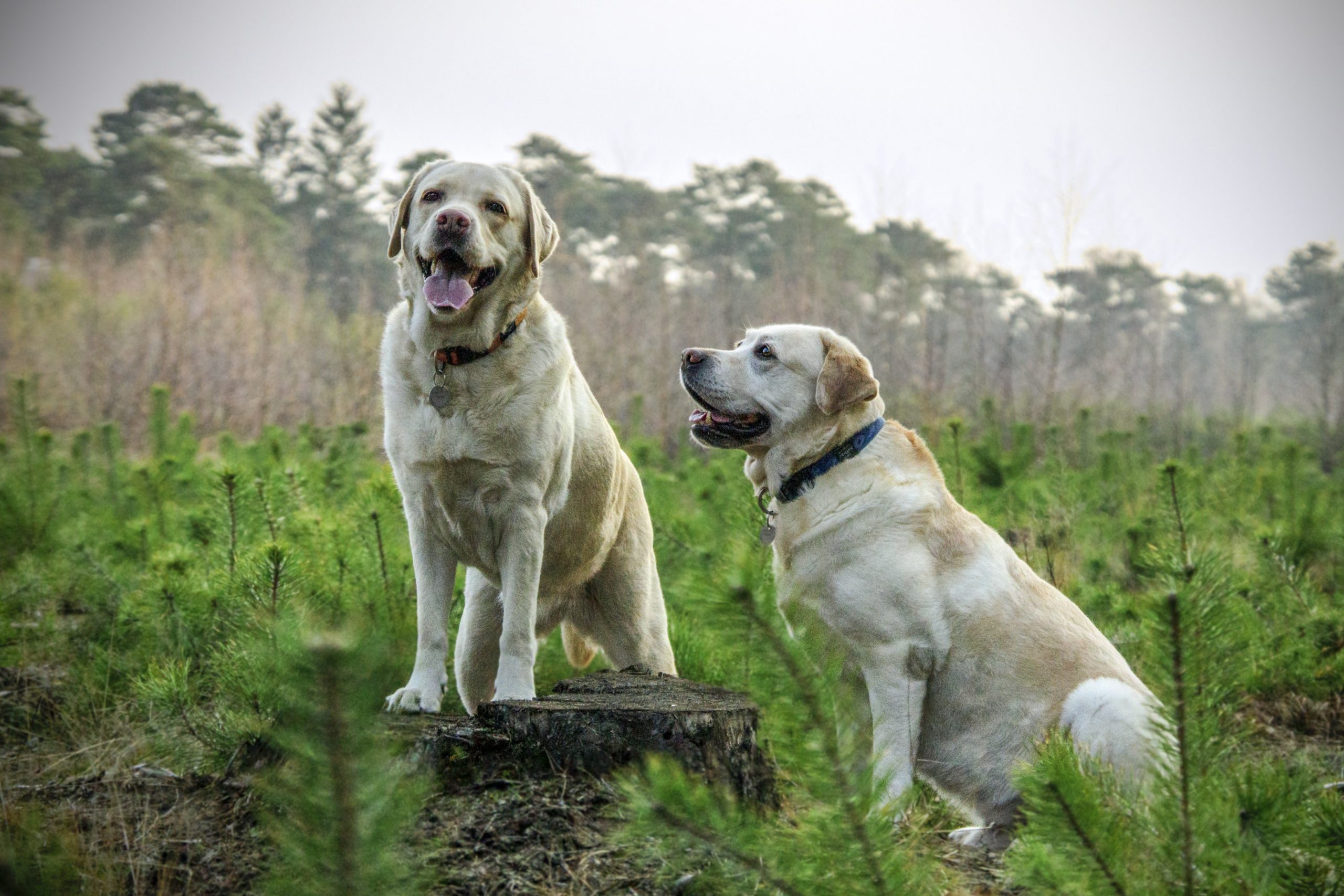A Prevalent Condition
Have you ever heard a mature relative speak of Uncle Arthur? He usually arrives when a cold snap hits or after an exhausting day of raking leaves or tending to the vegetable garden. No, Uncle Arthur is not a distant relative to whom you’ve never been introduced. Rather, your relation is speaking of an ailment that is well-known to nearly everyone: arthritis.
Horses, like humans, often must endure the uncomfortable, creaky movement that is characteristic of joint inflammation, more commonly referred to as simply arthritis. While it usually affects humans in the middle to late years, arthritis can develop in young equine athletes, sometimes keeping them from reaching their athletic potential.
Research in arthritis has led to developments in joint management that can keep horses active and sound well into late maturity.
Dem bones and surrounding tissues
To fully comprehend arthritis, joint anatomy must be clearly understood. A joint is the junction between any two or more bones. The two primary kinds of joints are distinguished by the type of movement they allow. If a joint permits considerable movement, it is considered a synovial joint or diarthrosis. Think knees, hocks, and fetlocks.
If, on the other hand, a joint is restrictive and allows little or no relative movement, it is considered a synathrosis. An example of a synathrosis is the connection between a rib and the sternum. The limbs of the horse contain primarily synovial joints.
Structurally, a synovial joint is defined by a capsule whose walls consist of dense fibrous connective tissue. A network of blood vessels woven into the tissue provides nourishment for the joint. The walls of the capsule are lined by a thin tissue called the synovial membrane, which secretes a thick lubricating fluid into the capsule.
The ends of contacting bones are capped with articular cartilage, a thick pad of tissue that helps absorb the force of movement. Unlike the joint capsule, the articular cartilage has no blood supply, so once damaged, it is unable to heal and rebuild. Included in the mechanism are muscles, tendons, and ligaments, all of which help stabilise the joint and allow normal movement of a limb.
Exercise is a double-edged sword
Everyday movement, such as that accomplished by free grazing or light exercise, keeps joints in fine fettle. Joints are nourished by synovial fluid as the articular cartilage compresses during the weight-bearing phase of a stride. As weight is shifted to other limbs, the compression on those articular cartilages is released. The repeated influx of synovial fluid ensures sound joints.
Demanding exercise, however, places undue stress on the joints and causes them to become inflamed. When associated with other body tissues, inflammation is oftentimes advantageous because it promotes healing. In a joint, however, inflammation is generally not helpful and actually causes serious problems, if sufficiently severe. As inflammation progresses within a joint, the nourishing synovial fluid turns thin and watery, a distinct change from its normal syrupy state, and there is no way for cartilage cells to repair the damage.
Joint damage can be categorised into distinct stages: synovitis, degenerative joint disease, and osteoarthritis. The first stage of progressive joint disease is synovitis or inflammation of the synovial membrane. The primary cause of synovitis is overstretching of the synovial membrane during demanding exercise, though conformation, shoeing, and genetic predisposition may play a role.
Pain and heat are probably present but swelling due to an increase in joint fluid production is effusion. Windpuffs, pockets of fluid found around the ankles, are an example of joint effusion. They’re a common finding on racing Thoroughbreds and other horses that are worked strenuously day in and day out. Synovitis can usually be calmed with a layoff, the length of which depends on the severity of the problem, and additional veterinary treatments. If the inflammation is ignored and training continues without a sufficient recovery period, damage to the cartilage surface may begin.
This deterioration of the cartilage is termed degenerative joint disease (DJD) and is the next stage of articular breakdown. DJD is characterized by chronic, progressive degeneration of the joint cartilage and is found most frequently in the fetlock and knee, but is also diagnosed regularly in the pastern and hock.
Two primary processes lead to DJD:
- repeated bouts of synovitis cause the quality of the joint fluid to decrease until it is watery and ineffective in protecting the cartilage; and
- after recurring and excessive compression of the cartilage such as that associated with speed, landing after a jump, and quick stops, the once-smooth cartilage becomes rough and flattened, losing all ability to withstand compression.
The final stage of joint disease is osteoarthritis, and it is distinguishable from DJD by one telltale sign: changes in the bones that comprise the joint. These changes severely impede mobility and soundness. The inflammation process goes largely unnoticed in most joints in most horses unless noticeable swelling is present. It is only when lameness occurs that horsemen usually become worried and a call is made to a veterinarian.
Ring-a-ling-a-ling
Diagnosing arthritis in horses usually involves a history of the horse’s workload, as complete as possible; a general physical examination; and a lameness evaluation. The athletic history of a horse often conveys significant information.
Expect an in-depth probe by a veterinarian. Is the horse returning to training after a short or long break from exercise? Has the horse been subjected to a particularly difficult training session or competition? How many years has the horse been shown or raced at the current level? Has the horse experienced similar lameness in the past? If so, how long ago, and what was the duration of the unsoundness? The more information the horse owner can offer, the better.
A complete physical examination will yield clues to the whereabouts and degree of pain. After visual examination, the veterinarian will pinpoint the areas from which he or she believes the pain is radiating. A practised eye is invariably essential in diagnosing lameness, but veterinarians rely on other senses to help locate the problem. Heat, swelling, and pain on palpation are also noted.
If the problem cannot be readily identified, a flexion test may be performed. This procedure involves holding a joint in a fully flexed position for 30 to 60 seconds and then immediately asking the horse to trot away. Long-term flexion usually worsens the pain and may make identification of lameness easier. In addition to flexion tests, a veterinarian might evaluate range of motion in an effort to localise the problem.
Radiographs generally do not uncover changes in soft tissues and cartilage. However, they can reveal certain clues that may help in diagnosing a diseased joint such as narrowing of the space between the bones, a finding indicative of cartilage erosion. There is a place for radiography in certain lameness evaluations. For example, radiographs are effective in showing any bony changes within or around a joint.
Another tool used by veterinarians to localise a lameness is regional anesthesia or nerve blocks. The veterinarian specifically desensitises the joint that is thought to cause pain. If the nerve block temporarily eliminates any indication of unsoundness, the pain can be attributed to that site.
A thorough history and physical examination often lead veterinarians to the source of joint pain. Once the degree of damage is assessed, a proper course of action can be laid out.
What to do next
Various treatments are available for horses suffering from acute (sudden onset) and chronic (recurring) joint problems. A veterinarian is best trained to determine which treatment or combination of treatments is most effective. Treatments include rest and anti-inflammatory therapies such as cold-hosing and administration of nonsteroidal anti-inflammatory drugs.
One avenue designed to support joint health is the provision of oral joint supplements. The three primary ingredients in oral joint supplements are glucosamine, chondroitin sulfate, and hyaluronic acid.
Glucosamine. Without glucosamine, few connective tissues within the body could retain their integrity. Though it is found in multiple soft tissues such as tendons and ligaments, glucosamine is most widely associated with joint health. It is a building block of chondroitin sulfate, a specific molecule that is vital for normal joint function. In a nutshell, glucosamine increases production of molecules that promote joint health and shuts down destructive enzymes that break down cartilage.
Chondroitin sulfate. Manufactured by cartilage-producing cells called chondrocytes, chondroitin sulfate stimulates the establishment of new cartilage within a joint. Molecules of chondroitin sulfate bind with destructive enzymes, rendering them ineffective and thus slowing the disease process.
Hyaluronic acid. In a healthy joint, hyaluronic acid is made by chondrocytes and cells in the synovial membrane. Its lubricating properties are essential for smooth, pain-free movement.
Glucosamine, chondroitin sulfate, and hyaluronic acid are often given separately to horses diagnosed with joint disease. However, some research indicates that a combination of oral glucosamine and chondroitin sulfate provides more relief than giving just one of the preparations.
Choosing the best oral joint supplement
Several key points should be taken into consideration when choosing an oral joint supplement. Here is a sampling of criteria for which to be on the lookout.
Find a credible manufacturer. Research the manufacturer carefully. Does the company have a professional Web site? Does it have a nutritionist or veterinarian on-board to whom you can speak directly about the product? Does the company have other products from which to choose? What other riders or companies are affiliated with the company?
Read the label carefully. The product’s packaging can reveal much about the supplement, and some of what must be shared is mandated by individual state law. Two important elements of any supplement label are a guaranteed analysis that lists the minimum amounts of active ingredients and a complete ingredient listing. If you can’t find this information on the packaging, it might be wise to look elsewhere.
A veterinarian well versed in lameness is an incredible asset, and this individual’s opinion should be sought when selecting an oral joint supplement.
Arthritis is virtually unavoidable in horses that have sustained athletic careers. The aches and pains associated with exercise are simply part of the game. With proper veterinary attention, however, arthritis is manageable. Advances in the treatment of arthritis can slow progression of the disease and extend the athletic careers of horses.





